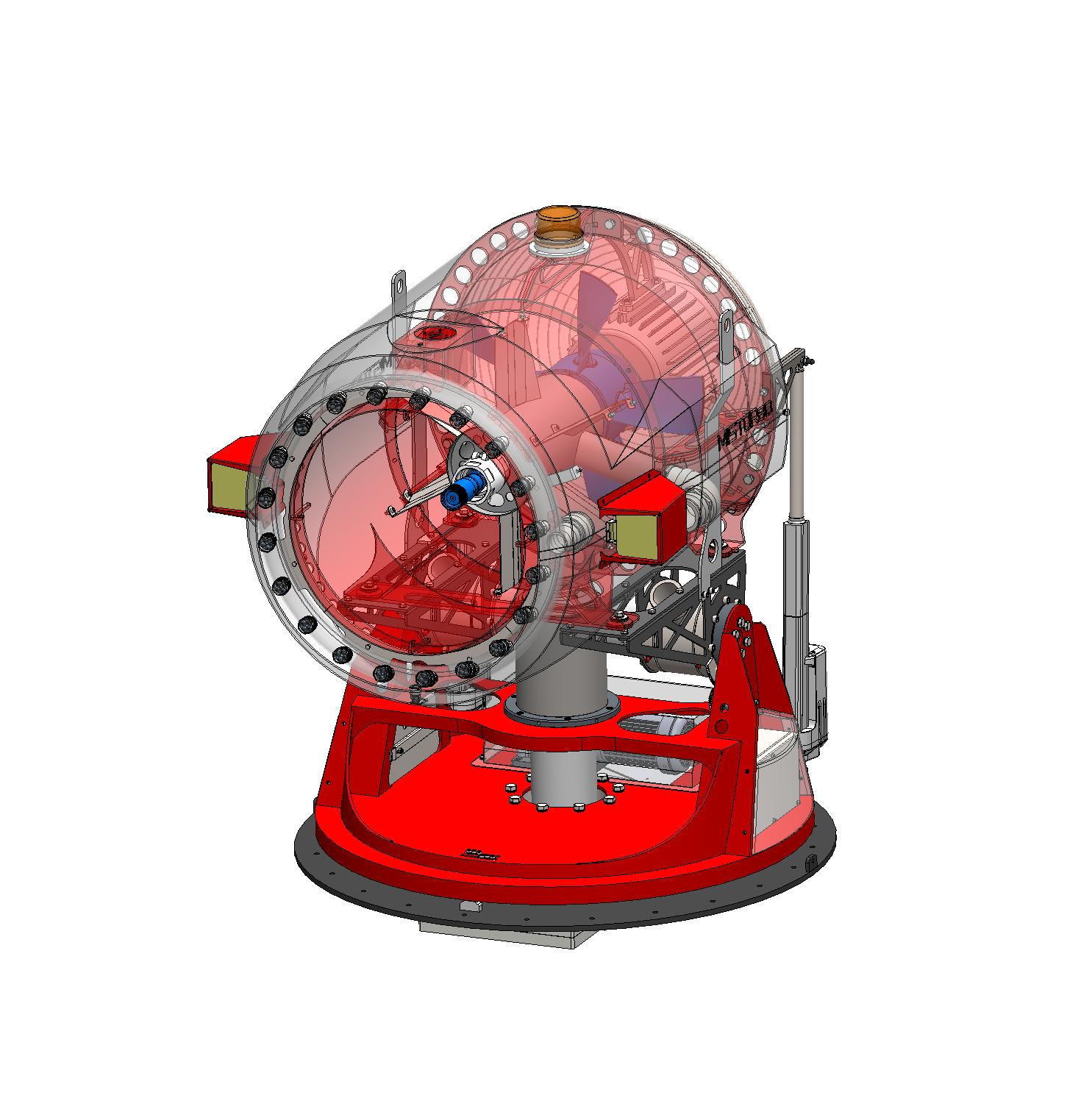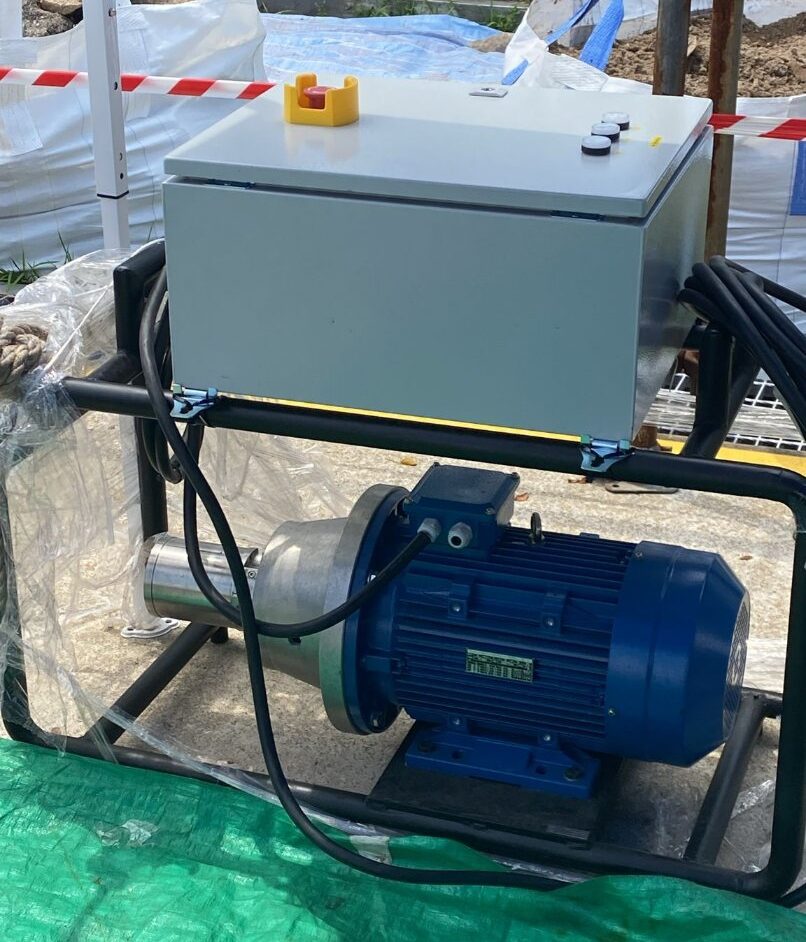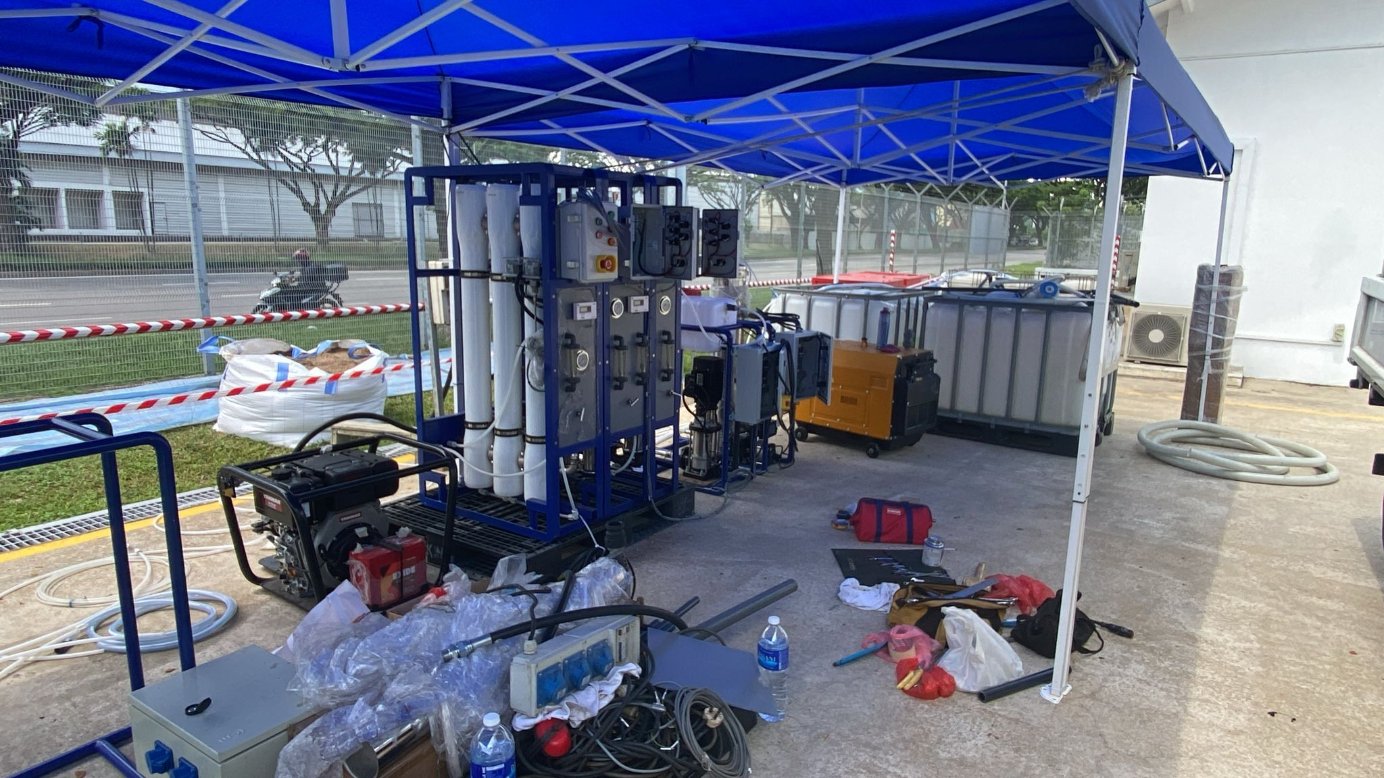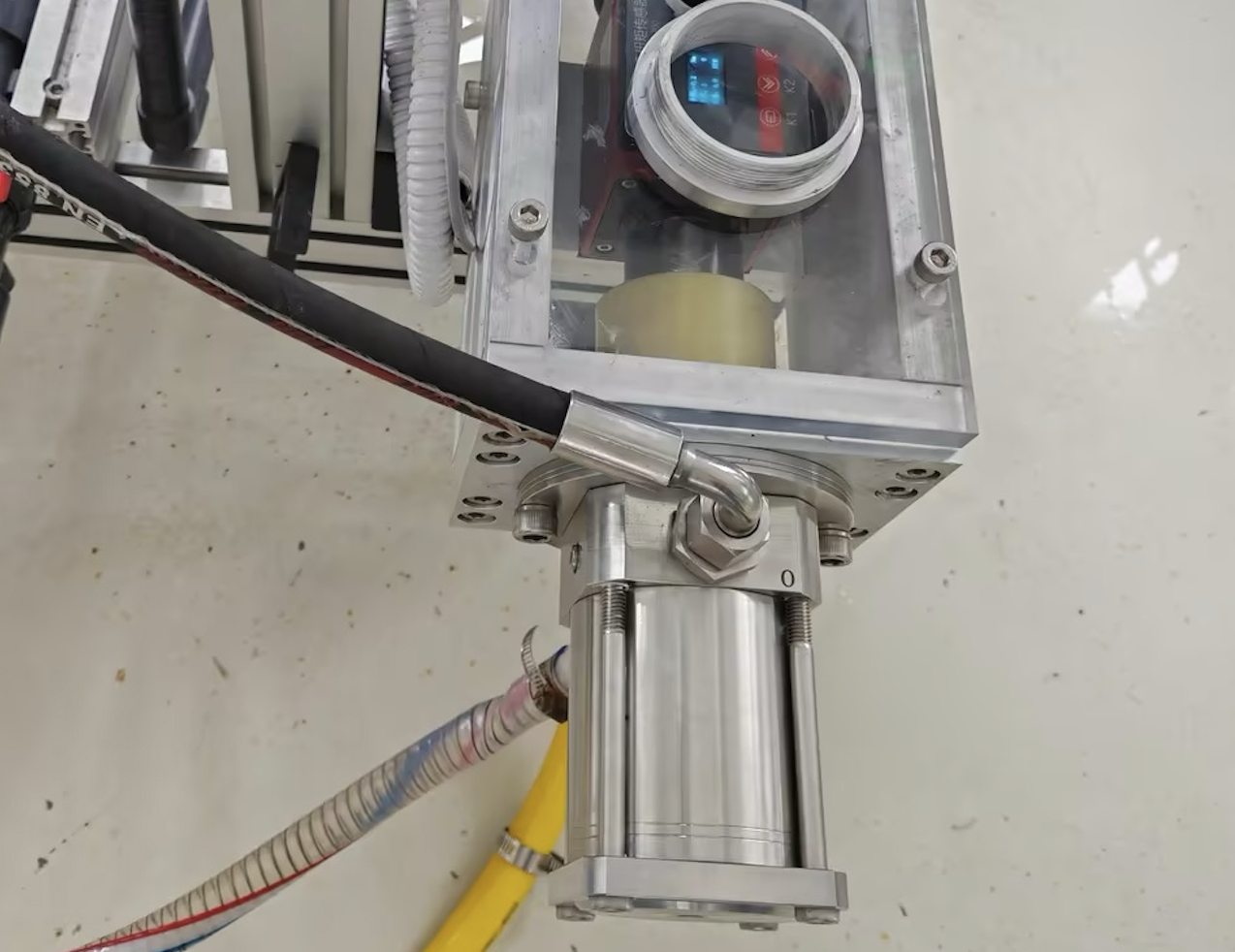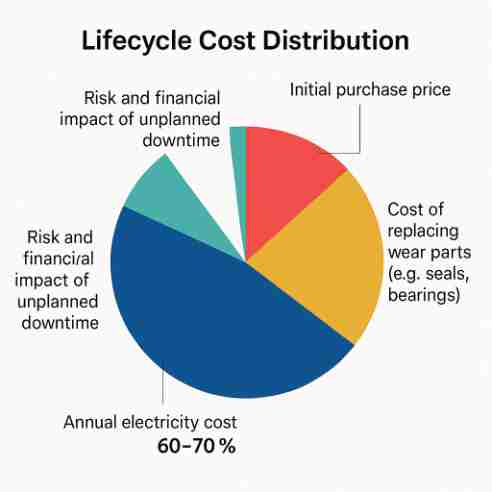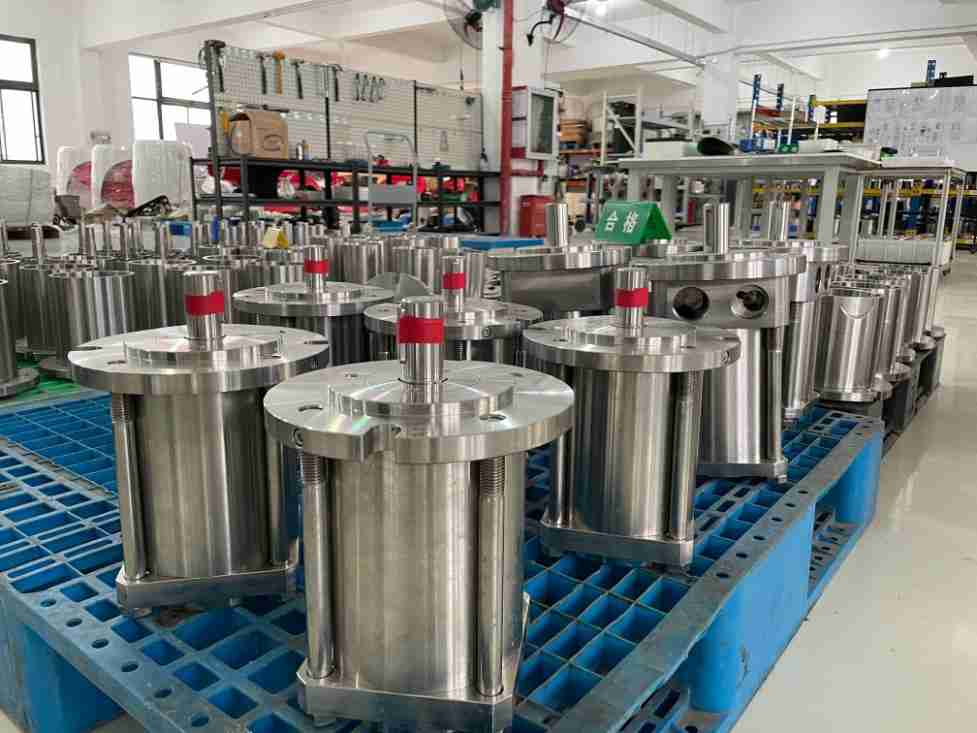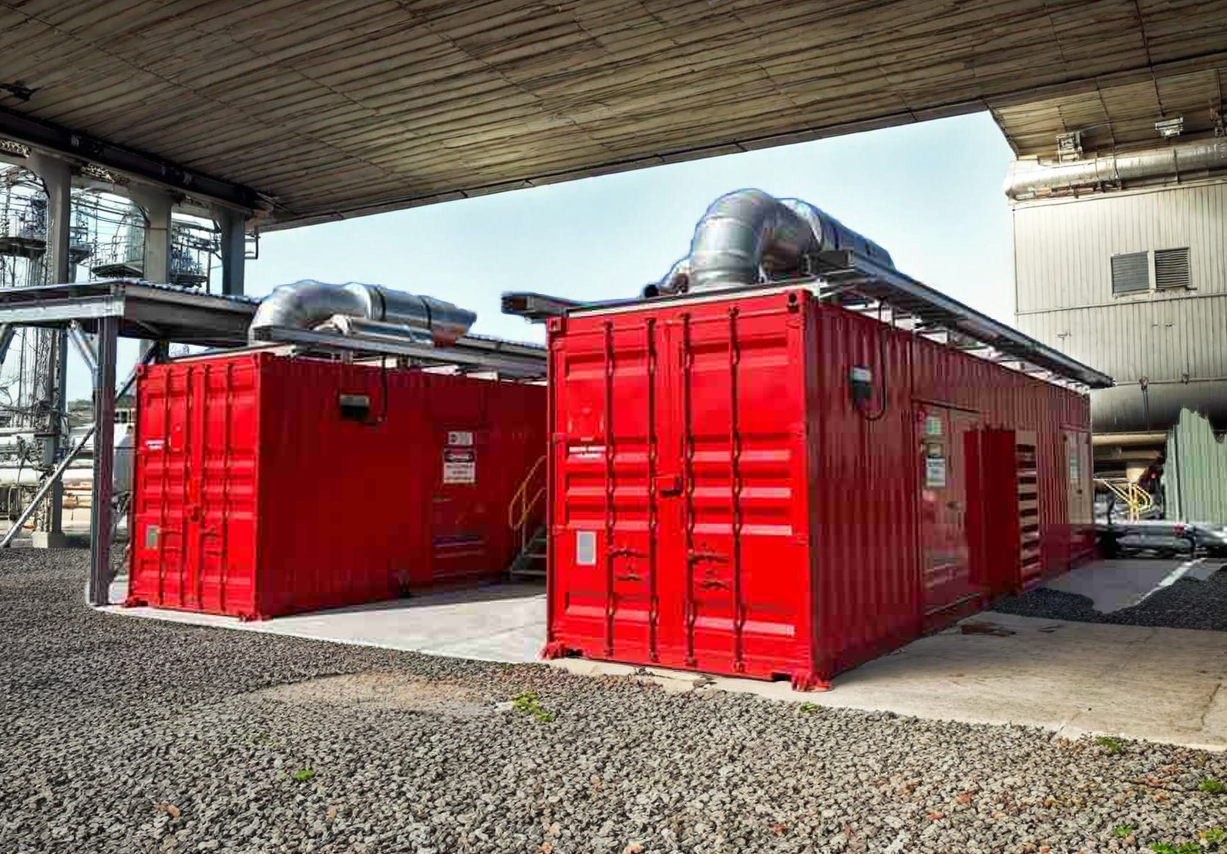When selecting materials for a high-pressure pump, it is crucial to consider factors such as strength, corrosion resistance, and long-term reliability. The pump’s environment and intended application can heavily influence which material is best suited for its components. Among various stainless steels, 2205 duplex stainless steel, 316L, and 304 are common choices. Each offers distinct advantages that can impact pump performance, durability, and cost.
Table of Contents
ToggleWhy Material Selection Matters for Pumps
High-pressure pumps operate under demanding conditions. They may be exposed to high levels of stress, corrosive fluids, and fluctuating pressures. Materials that can maintain structural integrity, resist corrosion, and handle mechanical stress will extend the pump’s service life and enhance overall efficiency. By comparing 2205 duplex stainless steel to standard austenitic grades like 316L and 304, you can identify the most effective option for your specific pumping application.
2205 Duplex Stainless Steel: Composition & Properties
2205 duplex stainless steel is made up of approximately 21% chromium, 2.5% molybdenum, and 4.5% nickel combined with nitrogen. This balanced, dual-phase structure (a mix of austenite and ferrite) offers high strength, excellent toughness, and superior resistance to both general and localized stress corrosion.
Key Advantages of 2205 Duplex Stainless Steel
1. High Yield Strength
2205 duplex stainless steel has more than double the yield strength of conventional austenitic steels. It provides adequate ductility while allowing for thinner walls in storage tanks or pressure vessels—potentially reducing overall material costs.
2. Excellent Stress Corrosion Resistance
Even at lower alloy levels, duplex stainless steel outperforms standard austenitic grades like 316L and 304 in chloride-rich environments. This advantage becomes especially valuable in harsh industrial and marine conditions.
3. Superior Corrosion Resistance:
In many mediums, 2205 offers better corrosion resistance than standard 316L. Its enhanced properties sometimes allow it to replace high-alloy austenitic steels or even corrosion-resistant alloys in certain chemical processing applications.
4. Enhanced Localized Corrosion Resistance:
Compared to austenitic stainless steels with similar alloy content, 2205 duplex stainless steel shows stronger resistance to wear corrosion and fatigue corrosion.
5. Lower Thermal Expansion:
With a thermal expansion coefficient closer to that of carbon steel, 2205 simplifies joining different materials. This can be critical when producing composite structures or linings that combine carbon steel and stainless steel layers.
6. Higher Energy Absorption:
Under both dynamic and static loads, 2205 demonstrates greater energy absorption capability than austenitic stainless steels. This trait is significant for structural components where sudden impacts or explosions are a concern.
Material Comparison Table
| Property | 2205 Duplex Stainless Steel | 316L Stainless Steel | 304 Stainless Steel |
| Composition | ~21% Cr, 2.5% Mo, 4.5% Ni, N | ~16-18% Cr, 2-3% Mo, 10-14% Ni | ~18-20% Cr, 8-10.5% Ni |
| Yield Strength | High (Double vs. Austenitic) | Moderate | Moderate |
| Corrosion Resistance (General) | Excellent | Very Good | Good |
| Stress Corrosion Resistance | Excellent, even in chloride-rich environments | Good, but less so than duplex | Fair |
| Thermal Expansion | Lower (close to carbon steel) | Higher | Higher |
| Energy Absorption (Impact) | High | Moderate | Moderate |
| Common Applications | High-pressure systems, tanks, chemical processing | General industrial and marine environments | General-purpose, household and commercial equipment |
Conclusion
Choosing the right material for your high-pressure pump’s components can significantly impact long-term performance, maintenance, and overall costs. While 304 and 316L stainless steels are well-regarded for their corrosion resistance and relative affordability, 2205 duplex stainless steel takes the lead in critical conditions where strength, stress corrosion resistance, and long-term durability are paramount.
As your partner in pump solutions, our team at Rohre Pump can help you evaluate your requirements and guide you toward the ideal material choice—ensuring your pumps deliver reliable, efficient performance in the most challenging applications.


